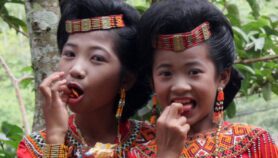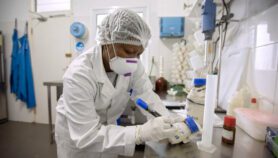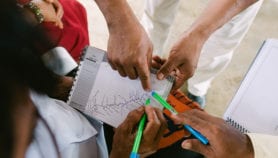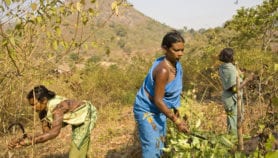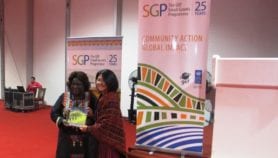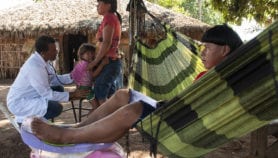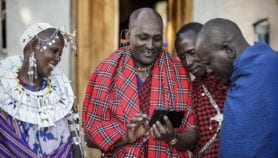Send to a friend
The details you provide on this page will not be used to send unsolicited email, and will not be sold to a 3rd party. See privacy policy.
In recent years a number of biotech companies from developing nations have tried to market their traditional medicines to the developed world.
There might be signs of easier market entry in the future says Basu. This month, the traditional Chinese medicine Kanglaite will have come farther than any traditional medicine in being approved in the US. The EU and Canada have recently eased the entry of traditional medicines in the market and the FDA might formally adopt new, looser, regulations on ‘botanical drugs’.
Some optimists in the developing world’s biotech sector say that western medical professions and regulators are slowly warming up to their local botanical drugs. Developed nations, on their side, are hoping to bring more scientific vigour into the selection and use of traditional medicines.


